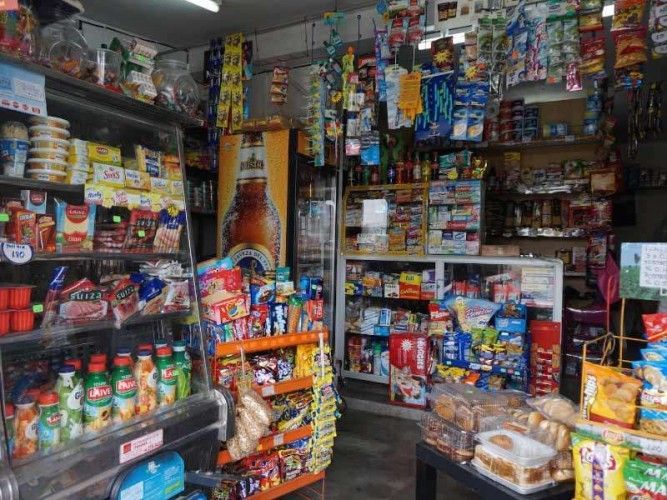Bodegas? Over 400,000 wineries in Peru? No! While there is a not insignificant wine industry in the country, in Peru the term bodega refers to small, mostly family-run corner shops you find in every neighborhood across the country.
And even though big supermarket chains gained ground over the past decade or two, the little mom-and-pop-stores are still extremely popular with Peruvians. Often just a short walk away, here all basic, day-to-day needs can be satisfied in no time and there is always time for the latest gossip.
Bodegas may often look cramped and chaotic from the outside, but they offer quite a wide selection of products; here everything from groceries and beverages to drugstore products and sweets to fresh fruits and veggies to dairy products and baked goods can be found. On sale as well cigarettes, batteries, even pain killers and much more. At most bodegas cell phones can be topped up, bills paid and money deposited or withdrawn.
According to the recent Economic Impact Study there are 414,000 bodegas in Peru and from them 113,000 in Lima; so about 1 bodega per 80 inhabitants. In terms of the numbers of bodegas and provided “employment” they are the largest sector within the Peruvian retail sector and by far the largest sales network in the country.
Typically, bodegas are family-run businesses that operate as micro or small enterprise (mypes). According to Andrés Choy, president of the Peruvian Bodega Association (ABP), 2 million Peruvians directly or indirectly live from the small corner shops. Historically they helped to lift thousands out of poverty and provide a decent income for many families in Peru.


